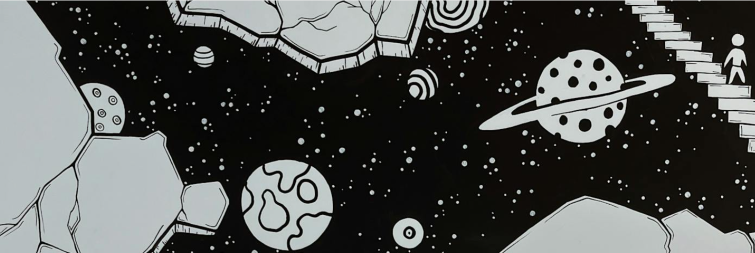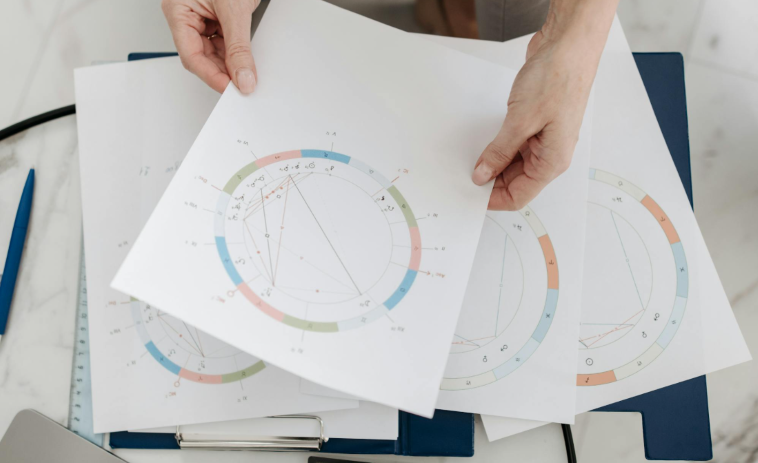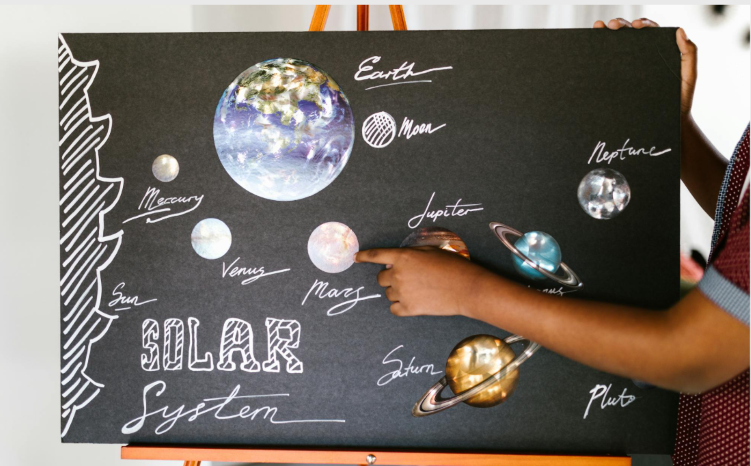Alignment of the planets, part 1

The planets revolve around the Sun, each in its own orbit, each orbit with its own inclination to the other orbits. We look at the universe from our position, from our planet, and we calculate those inclinations according to the orbit in which the Earth moves around the Sun, and we call that plane the ecliptic.
Therefore, each orbit has its own inclination to the ecliptic. And each orbit has its own speed with which the planet goes around the Sun. In this movement, the planets come into mutual positions – and that’s exactly what interests us now.
Imagine the planets lining up one behind the other; that, seen from Earth, they overlap. Astronomers would say they are occulting each other.
Let’s say right away: nothing would have happened, except that newspapers and other media would have written extensively about the unusual phenomenon, some people would have feared terrible consequences, perhaps the disintegration of the planet, and even the entire solar system, perhaps even the splitting of the universe, because adding gravities is no small matter.
Others who survived that horror would tell how they felt something, a current in the body, a buzzing in the head and noticed inexplicable phenomena in nature: a strange flight of birds, sudden cooling and at the same time terrible heat and God knows what else.
The third group would say, “Didn’t I tell you so?” etc. in any case it would be an event for history. But nothing would actually happen.
Take it this way: numerically, the solar system consists of one star, eight planets, hundreds of millions of asteroids of various sizes, perhaps a trillion comets, close to three hundred satellites that we know of, countless meteoroids, etc.

As far as the number is concerned, but according to gravity in the solar system there is the Sun and almost nothing more, because gravity depends on the mass and mutual distance of the bodies with the fact that the force of gravity decreases with the square of the distance (the farther away the body is, the less effect on us it has).
Now, of the total mass of the entire solar system, 99.86% goes to the Sun. Everything else, planets, comets, satellites, etc. everything, has a mass of 0.14% and a gravity proportional to that mass and the distance between them.
In other words: adding the mass of the arranged planets is negligible. The mutual attraction of the planets leads to only small changes in their orbits, enough for astronomers to notice them with precise measurements, but without any visible effects. The universe wouldn’t tear apart, the planets wouldn’t crack.
But there is one very interesting thing. You see: the planets can’t, they just can’t line up perfectly in a straight line.
And they can’t, because they each circle around the Sun in an orbit that has its own inclination towards the ecliptic, and the most they can align is to be one above or next to the other in a narrow circle.

Theoretically, due to the rotation and the very orbits of the planets in space, which is otherwise a terribly slow process, it is possible for such an alignment to occur, but it takes 396 billion years!
And even then, it’s only an approximate settlement!
The solar system is 4.6 billion years old, and as it is today there will be less than that. And the fact that the entire universe has only existed for 13.7 billion years tells us how long that period of 396 billion is… so now you do some math.
By definition, an alignment, or parade, of a planet occurs when two or more planets are on the same side of the Sun. But we will talk about that later, so keep refreshing our site for new blog posts.

